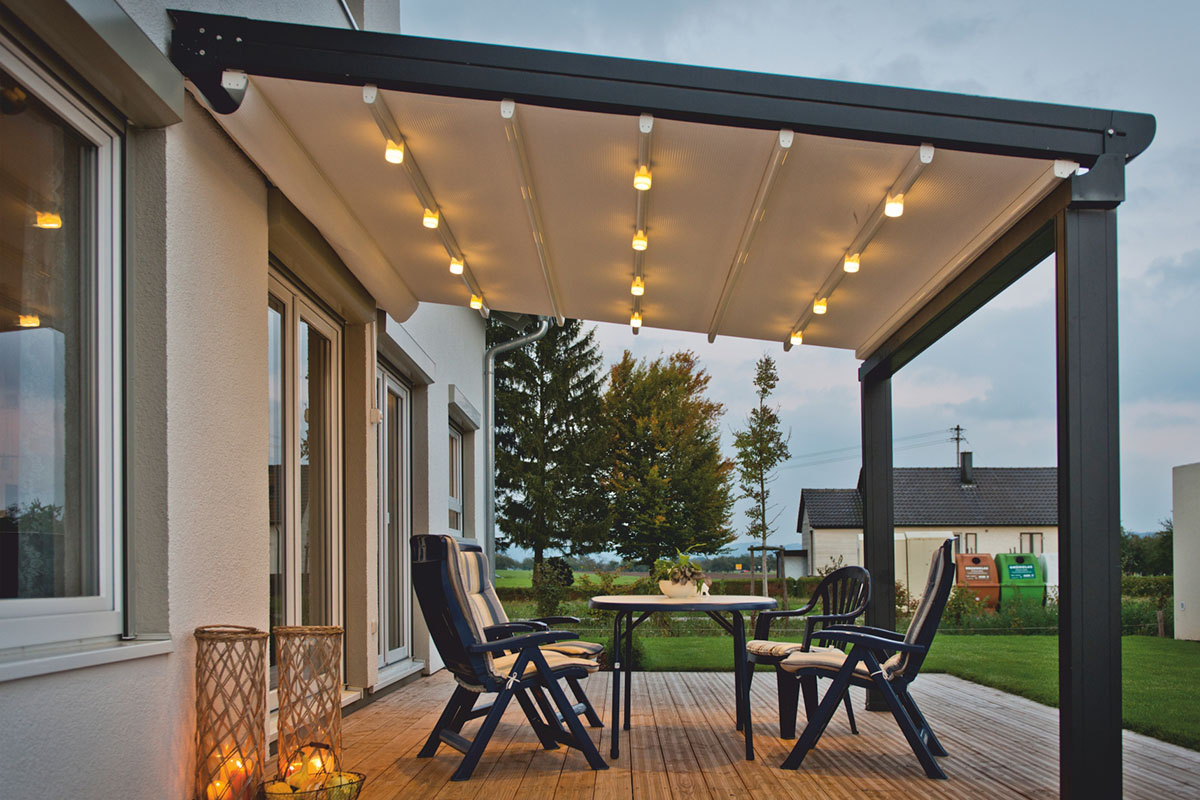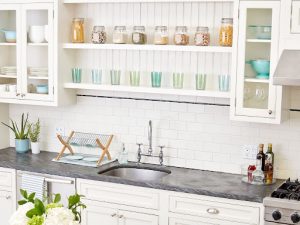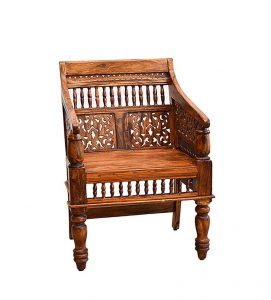A pergola is an excellent way to add shade to your outdoor space. It can be constructed in a matter of hours, making it an affordable project for the average homeowner. Depending on your needs, you can build a freestanding structure or add to an existing building. Suppose you decide to construct a freestanding pergola. You will need essential tools and supplies, including a wooden post, a crossbeam, rafters, and a cap.
Adjust the Size of Your Wooden Posts.
When building a pergola, it’s essential to consider the size of your wooden posts. It will determine how tall your finished project will be. Also, suppose you are installing a pergola in a location that gets much snow. In that case, consider adding a layer of concrete footings. It will help prevent frost heaving and ensure that the rafters of your pergola will stay on the posts.
A good rule for a smaller project is to use a 2×8 post. It is the minimum requirement for a small pergola. However, if you are building a larger structure, you may need to use more than two posts.
It would be best if you also considered the thickness of your wood. A thicker log will require more support. A double beam will give you more strength and a longer span.
It’s always best to consult your local building code department for more specific information. Some local HOAs have restrictions on the installation of pergolas. For example, you should not install a freestanding pergola rafter over a fireplace chimney.
The best way to estimate your rafters’ length is to measure the distance between your posts and add a few feet of overhang. It is known as the “depth” of your rafters.
If you need to, you can add extra posts to the perimeter of your span to add interest. It will also help you avoid sagging.
You should check with your local utility company before digging for your pergola. Often, they will have a chart for determining the width and depth of your posts.
If you use a corner brace to cut down on the span of your pergola, it’s a good idea to use a fast-drying cement that expands as it dries. You should pour this into your posts and allow them to dry for at least 24 hours.
Install Rafters
If you’re building a pergola, you’ll need to install rafters. They’re crucial for shade cloth attachment. It means you have to install them carefully. It will make your structure safe and stylish.
There are several different rafters, but you must decide which is best for your situation. Aside from the standard 2×6 or 2×8 boards, you’ll consider adding angled ends. For instance, you can add a 45-degree angle.
You also need to determine what type of connection you will use. You can either use brackets or a lag bolt. This installation is less expensive and will last as long as needed.
You’ll find that most kits come with a pair of 2×6 rafters. These are installed vertically over the girders. You can use a ratcheting strap to connect them, which can cause creaking.
To get the most out of your rafters, install them outside. It’s easy. To get the proper spacing between the rafters, you’ll need to divide your pergola width by 16. Then you’ll have 240 inches.
Next, you need to measure and mark your posts. It should be at least a foot and a half from the top of the pergola construction. The post should have holes pre-drilled. You can use framing nails or a level to ensure they’re the same height.
Once you have the principal rafters, you’ll need to install the braces. These will connect the center beam to the girders. You can either attach them with nails or screws.
Connect Two Posts with a Crossbeam
If you’re building a pergola, you’ll want to secure a crossbeam to two posts. It will help you support the rafters and the roof of your pergola. It is also a great way to add additional interest to your pergola.
Start by taking measurements. You’ll need to ensure your posts are at least eight feet tall. Check with your building department to see what the depth requirements are.
Once you have the measurements, you’ll need to mark the posts and determine where they should be. Then, you’ll need to use a table saw or a dado blade to cut the wood. Once you’ve completed your cuts, you’ll need to drill pilot holes and set the post in concrete.
If you’re building a pergola attached to a wall, you’ll need to secure a crossbeam to the post. These posts should be hot-dipped galvanized to prevent rusting. You can use temporary bracing if you’re not planning to have an attached pergola. You’ll also need to cut additional planks.
If you’re building a smaller pergola, you’ll need 2×8 lumber. For larger spans, you’ll need 2×6 or 2×8 lumber. These types of wood are lightweight and robust.
Once the crossbeams have been secured to the posts, you’ll need to attach the rafters. You’ll need to lay the rafters perpendicular to the crossbeams. The rafters should be spaced equally. It will make for an even roof.
Once you’ve finished your construction, you can cover your pergola with fabric roofing. It is a great way to add extra protection from the elements. You can now add plants and other features.
Add a Cap
A cap is a great way to finish the job if you’re building a pergola. It protects the wood from the elements and prevents it from splitting. In addition, it can serve as a stylish finishing touch to your pergola.
There are several different types of caps to choose from. However, the most critical aspect is how well they fit. You should order your cap by the actual beam size rather than by how long it is. It will ensure that the cap is the right height and width to fit the pergola post. It is getting a few extras to replace missing or damaged ones.
While you’re at it, consider ordering an H-channel cap. This type of post cap is an excellent waterproofing solution for your pergola. It comes with a weatherstripping gasket to seal the hole. The cap is also easy to install, thanks to its pre-drilled aluminum T-track. Once you’ve fastened the T-track down, you can fasten the H-channel cap on top.
The best part is that you can use the same cap to cover the rest of the posts in your pergola. Similarly, if you’re installing a pergola kit, you can cut it to the proper width and length. The result is a modern pergola frame that’s protected against the elements. It is instrumental if you live in an area where rain and snow cause swelling and warping of the wood. It’s a good idea to check with your local building department to see if there are any specific guidelines you need to follow.
The best part is that it is also one of the simplest to install. In addition to securing the H-channel, you should also secure the T-track. Once you’ve done that, you’re ready to assemble the panels.
Stain, Paint, or Finish
Painting, staining, or sealing your pergola will help keep it in good condition for years. The most important part of this process is prepping the wood. It will allow the stain or paint to penetrate deeply.
If you have noticed wood graining or scratches on your pergola, it may be time to protect your investment with a stain. Make sure to choose a stain that will provide UV protection and weather resistance.
To prepare your wood for a fresh coat of stain, use a power washer to remove surface dirt and debris. You can also use a soft brush to scrub away any contaminants.
Once the wood is cleaned, apply the stain in long, even strokes. You want to begin at the highest point of your pergola. If you have any drips, remove them before moving on to the next board. Drips that are left behind will look odd.
When you are finished, you should let the stain set for at least 24 hours. It will ensure that the stain has a chance to dry completely. If it doesn’t dry, you can try a new application.
If you’ve decided to use paint, you should practice on a piece of scrap wood before applying it to the pergola. It is also a good idea to clean your sprayer. You can use a pressure washer on low settings if you do not own a paint sprayer. It is a great way to remove debris, but be careful not to damage your wood.
For best results, consider using a professional. A trained painter will know how to apply the right shade and provide protection




